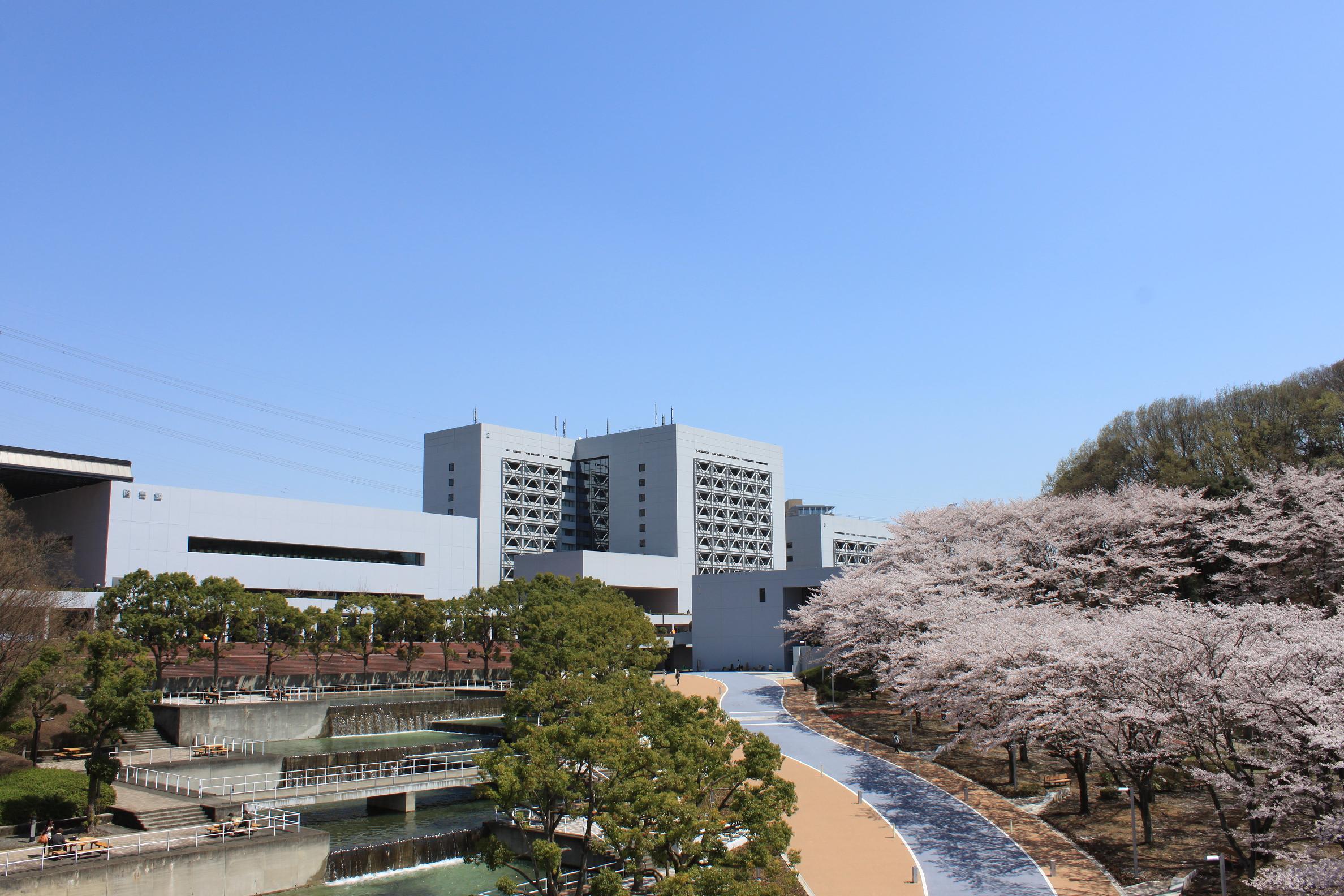Research teams at Kobe University, the University of Tokyo, and Chuo University have announced that eels may function as a comprehensive symbolic species for biodiversity conservation in freshwater ecosystems.
There is an idea to conserve the entire ecosystem by concentrating conservation efforts on the species that represent a certain ecosystem (surrogate species).Eels are migratory fish that grow in rivers and descend to the sea at the time of spawning, and have a unique ecology that can be found in almost all waters of the world.Therefore, the researchers examined the possibility of eels functioning as surrogate species using Japanese rivers as a model.
As a result, first of all, the two species of Anguilla (Japanese eel and giant mottled eel) that inhabit Japan have the widest distribution area among freshwater organisms in the study area, and they can inhabit almost the entire basin from the river mouth to the headwater area. all right.In addition, when the nutritional stage of eels was estimated by nitrogen stable isotope analysis, it was found that eels are higher predators of freshwater ecosystems.In other words, eel habitat requires widespread distribution of prey, which is consistent with the concept of "umbrella species" among surrogate species.
Next, when the number of eels and the number of species of other migratory organisms were examined, it was found that there was a positive correlation between the two, and that "sea-river connectivity" had a negative effect on these.In other words, it was found that eels serve as an indicator of sea-river connectivity, and through this, become an "indicator species" of biodiversity.
At the same time, a resolution of the International Union for Conservation of Nature (IUCN) has shown that eels are a "flagship species" that has the potential to greatly arouse public interest in environmental issues on a global scale.This study revealed that eels apply to all concepts of umbrella species, indicator species, and flagship species, and are useful as a symbolic species for biodiversity conservation in freshwater ecosystems.Activities to protect and restore eels are thought to contribute to the conservation and restoration of the entire freshwater ecosystem.
Paper information:[Scientific Reports] Anguillid eels as a surrogate species for conservation of freshwater biodiversity in Japan



